Four Elements, Four Seasons, Four Borders
Liis Nimik’s Sundial (Päikeseaeg, 2023)
Vol. 150 (December 2024) by Zoe Aiano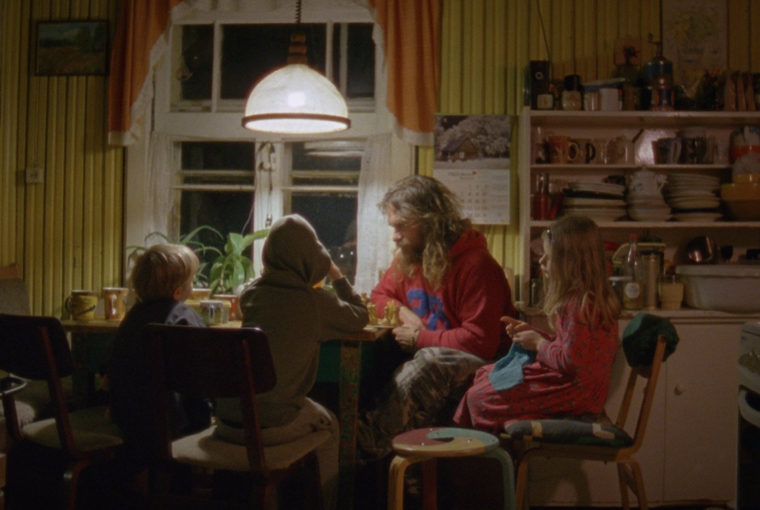
A year in the life of an imagined community: Liis Nimik’s documentary Sundial takes us on a quiet yet intimate journey through the lives of families and individuals in the rural borderlands of Estonia. Structured across four seasons, the film follows the cycles of nature and human interdependence thereon. Emphasis is placed on the elements, the first scene setting the tone with a cathartic bonfire out in the autumnal forest that is then domesticated in the wintertime, when it is relegated to the hearth. Water also recurs in the form of snow, wells, and lakes while the trees serve as the eponymous sundial, first of all by marking the point in the seasonal rotation through the state of their leaves, but also, towards the end of the film, literally marking the passage of the sun as it moves across the sky.
Within this flow, the characters are re-visited multiple times but without being given any formal introduction beyond being depicted in their personal milieu. This lack of contextualization also extends to the geography itself, which isn’t explained until the final credits. Although these settlements are revealed to be quite widespread, the effect of the editing creates the idea of a unified space, and this despite the fact that its scope includes both traditional farmsteads and obviously post-Soviet housing blocks. Intercut with still images of the surrounding landscapes, we encounter families spending time together, an old woman tending to her house and garden, a lone artist, a group of musicians, and a variety of animals. Perhaps most quintessentially and endearingly, we follow children exploring the environment with ingenuous clumsiness and curiosity, a phenomenon now lost to many modern contexts. Their presence also raises the question of whether this lifestyle, which is so associated with the past, might actually still have a chance of continuing on into the future.
Sundial is shot on film, a medium that is often fetishized, leading to it being used for superficial aesthetic purposes or simply (for the film and/or director) to look cool. In an era in which funding is in short supply and film work is largely precarious and underpaid, it can come off as a form of conspicuous waste. Moreover, given the bucolic nature of Sundial’s imagery, the decision to go analogue could have easily pushed the film over the edge into saccharine, overly idealized picture-postcardism. However, by incorporating the nature of film itself into the documentary concept both in terms of the visual language and the manner of working with the subject, Nimik not only justifies this decision but makes it into a highly interesting example. In order to manage the restriction of only having a limited amount of film stock, a lot of time was invested in building the relationship to the protagonists without the camera being present. In this way, the director developed a kind of instinct of when to start recording, resulting in sparse but long takes. Some days the crew wouldn’t film at all and the overall amount of hours of material was very limited, placing the burden of intentionality on the filming rather than the editing.
This deft avoidance of romanticization can also be detected in other aspects of the cinematic approach. Perhaps the most notable example is the sound design, which hovers on the border of music and soundscape while always tending towards the haunting and unsettling, adding an edge to the classical beauty of the images. Also in terms of the content, markers of modernity occasionally creep into the frame, such as a laptop and an electrical guitar. The approach to music playing itself also provides an interesting commentary in this regard, as the protagonists are shown in the process of learning how to play their respective instruments (including through the aforementioned laptop), highlighting that “tradition” is learned and not something innate, as certain strands of discourse would have it.
In its gentle but astute simplicity, Sundial brings us into communion with its protagonists and their way of life without making any grandiose or moralizing statements. The audience is given the space and trust to draw their own conclusions about why these people have turned their backs on “modernity” and how this may reflect on and intersect with our current era of excessive resource consumption and climate crisis. In the meantime, for 65 minutes they get to experience a self-contained universe that gives us a sensorial and poetic taste of existence centered around nature.
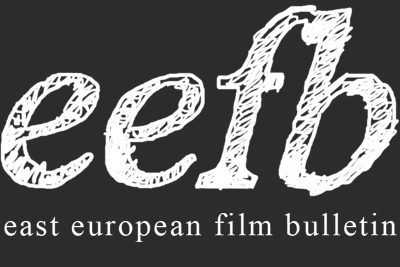
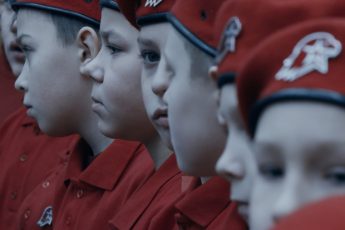
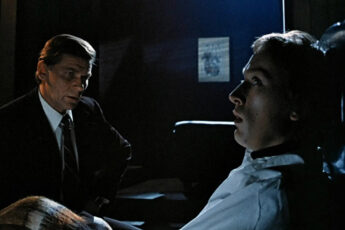
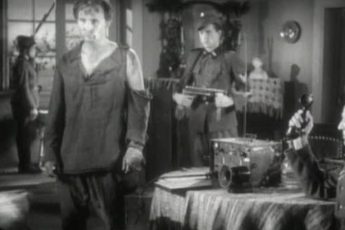
Leave a Comment